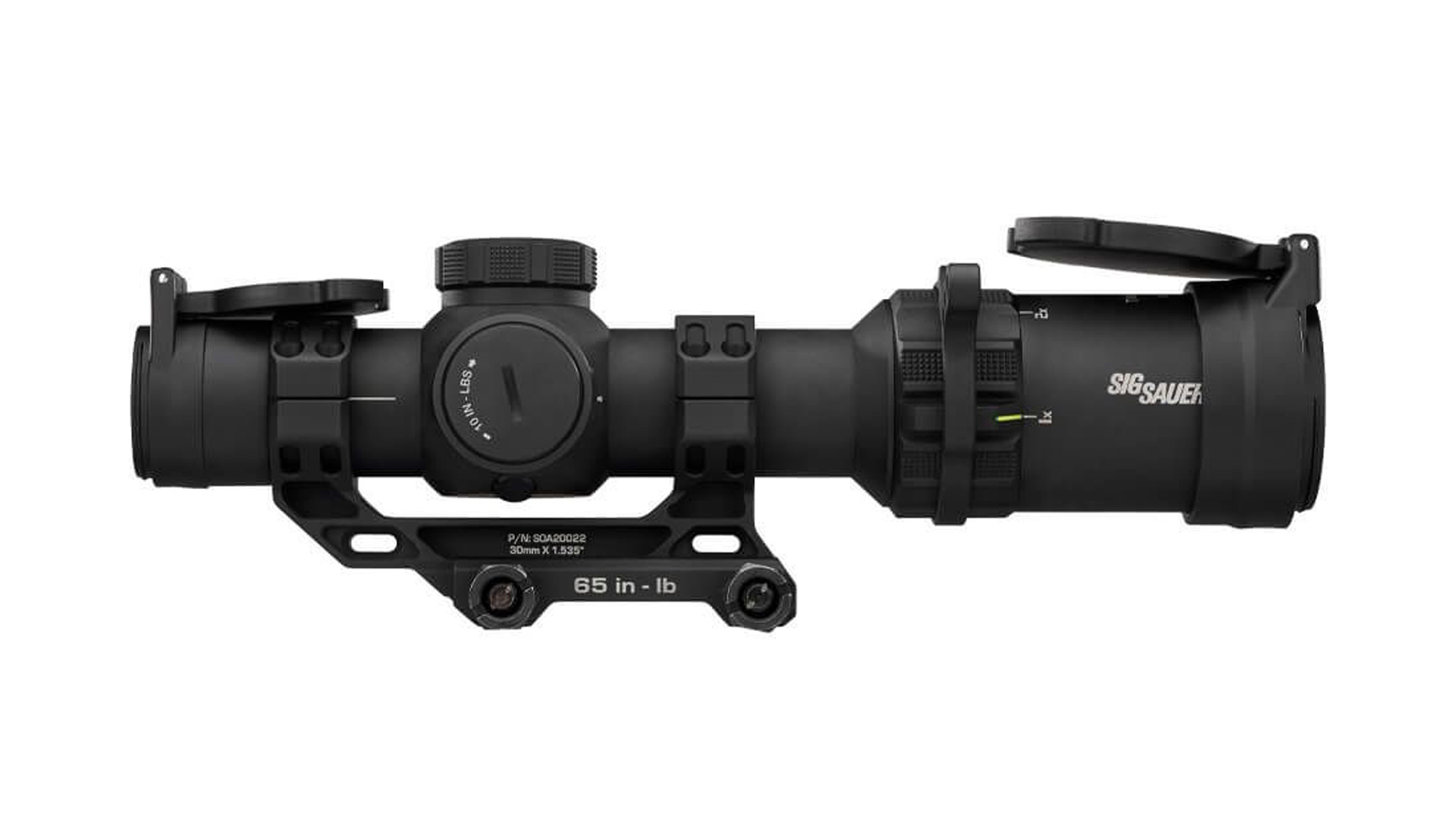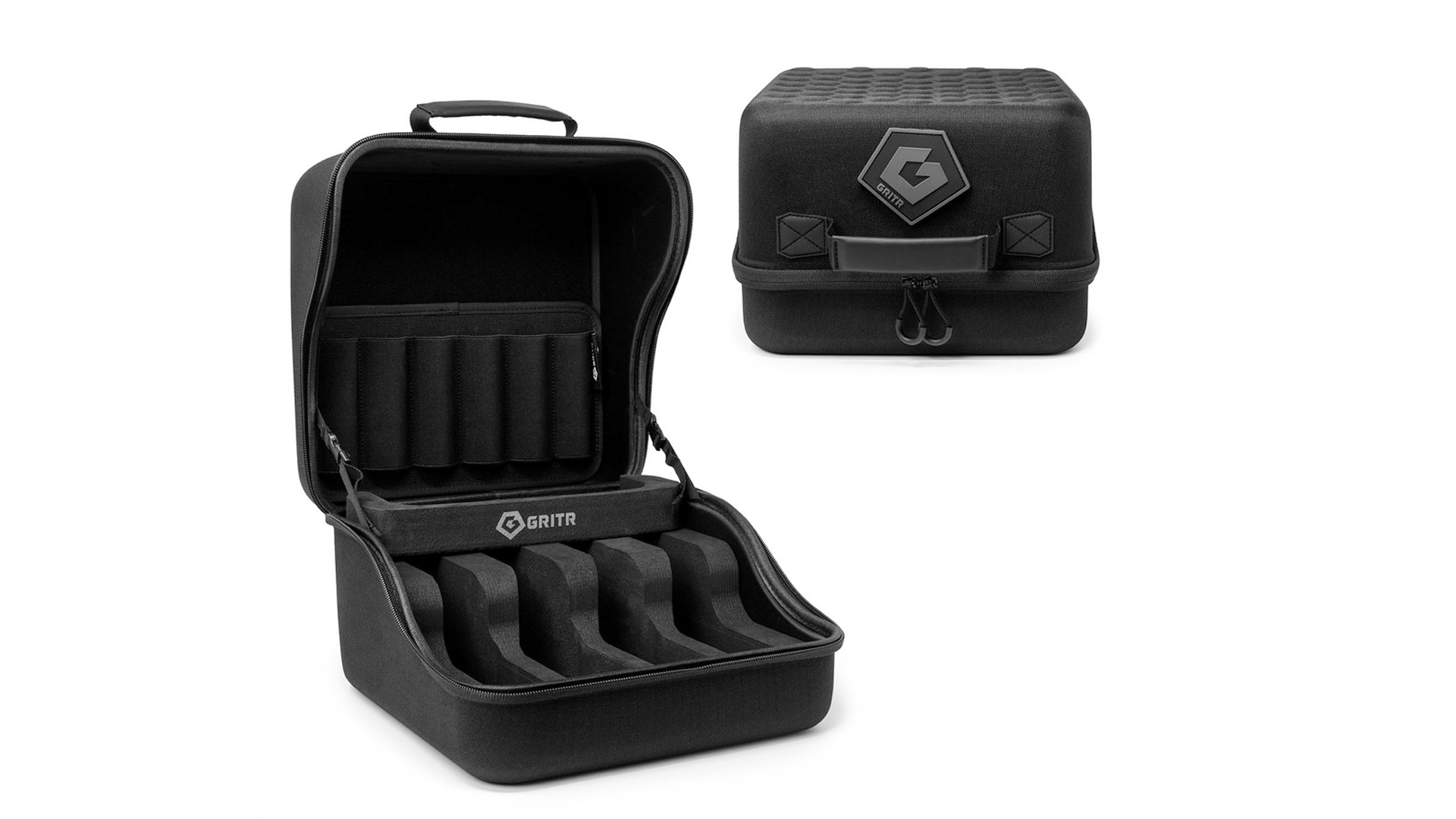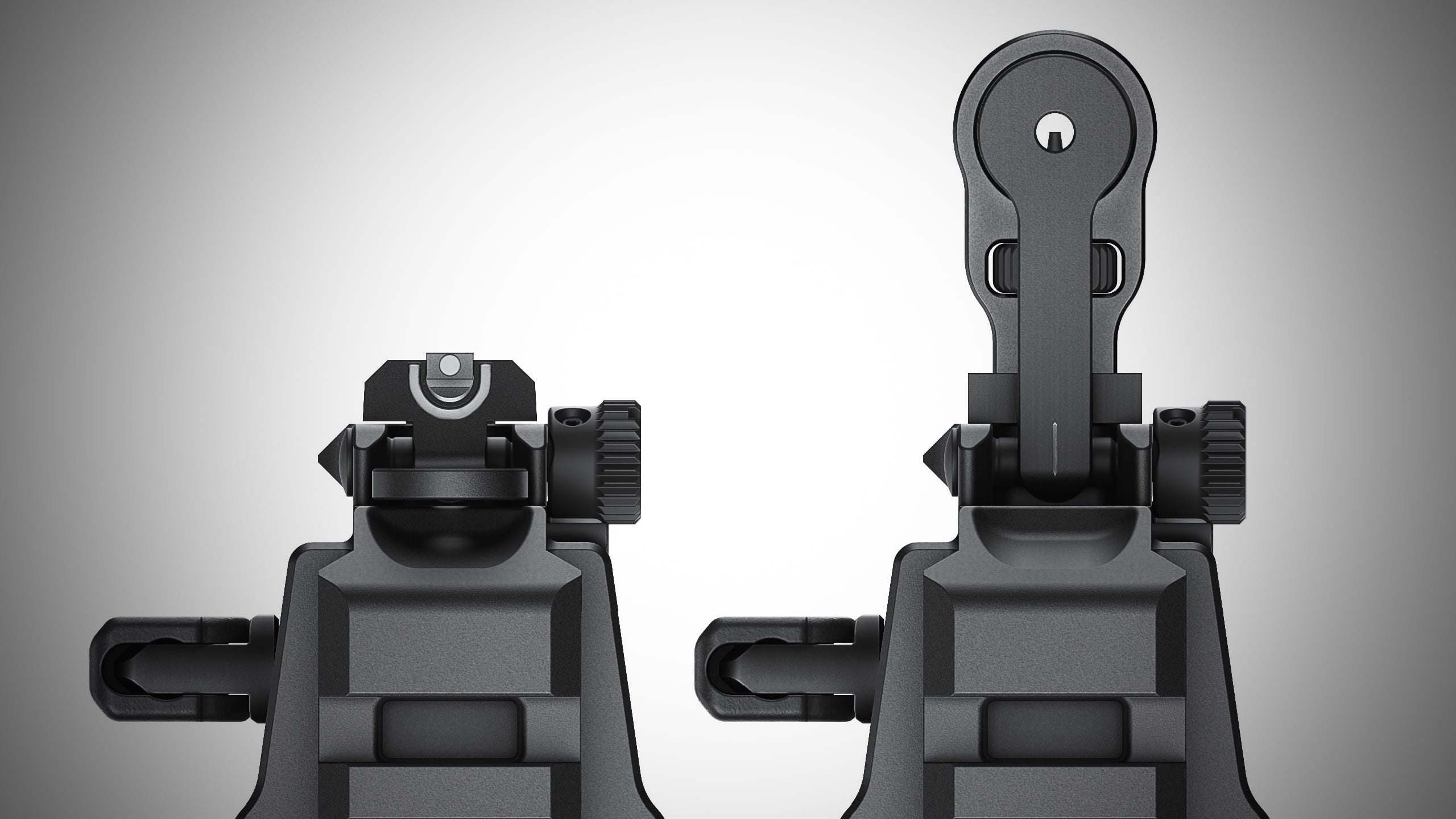A Look at the 85 Year History of Lake City Ammunition
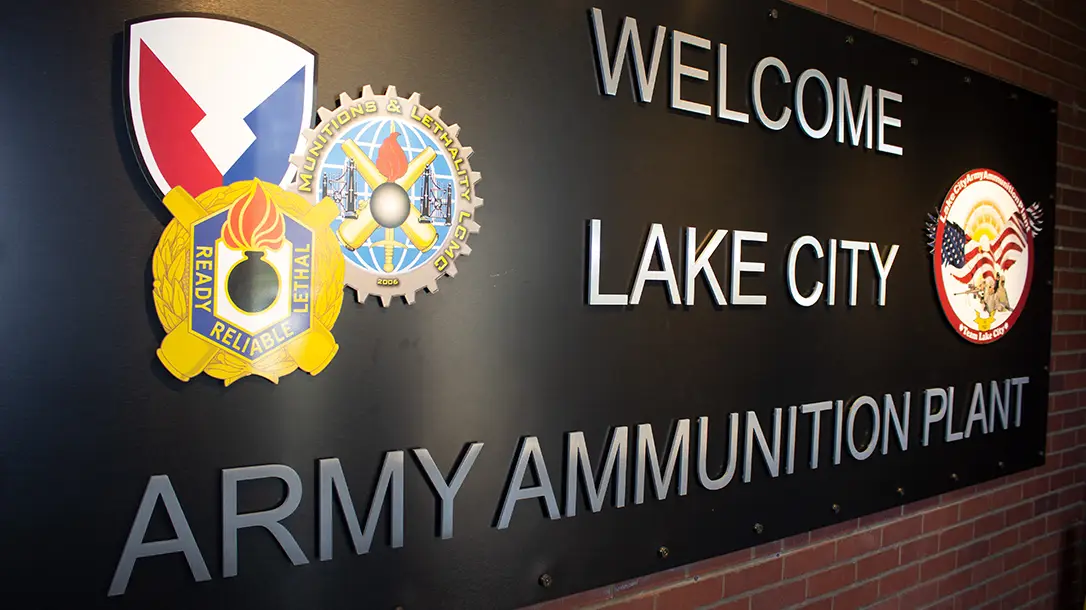
In a world where the old is replaced by the new at an almost immeasurable pace, it is refreshing to find something that has survived this obsession. One such pillar of consistency is the Lake City Army Ammunition Plant (LCAAP). Founded in 1940, Lake City is the single largest producer of small-arms munitions within the Department of Defense. Organizationally, LCAAP is government-owned, but contractor-operated (GOCO) by Olin Winchester. While the name “Lake City” is known in the shooting and especially reloading realm, there is a great deal more to the facility than most people know. Today we look at a history of American ammo with Lake City.
An American Legacy – Lake City Ammunition Plant
Recently, one other writer and I received the distinction of being the first writers ever to tour the facility. With this distinction, however, came security measures that make a visit to the Pentagon like a trip to a Quickie Mart. Ammunition production is serious business, and the staff at Lake City are equally as serious. After navigating the security checkpoint and ID card process, we were met by the communication director and on our way.
Advertisement — Continue Reading Below
President Harry S. Truman, then Senator Truman, was personally involved in securing the land and funding for LCAAP. In December of 1940, they broke ground on what would be the first of twelve small caliber ammunition plants to be constructed across the U.S. in support of World War II. Nine months after they broke ground, the first round rolled off the assembly line in September of 1941. The gravity of that did not go unnoticed, and to this day, it astounds me. In a time when it takes the government a year to fix a pothole, it is incredible to me that they did what they did.
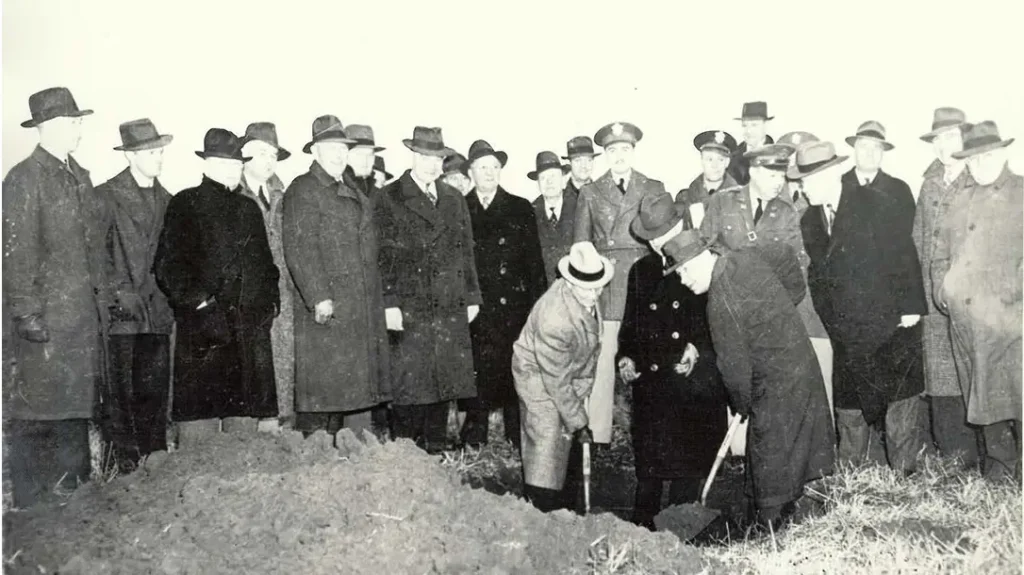
14 Billion Rounds Produced
As a prior resident of the Midwest, I would also remind people that a significant portion of this work was completed during the heart of the Missouri winter. By October of 1941, the first railcar left Lake City full of new ammunition. During WWII, Lake City employed 21,000 people and produced an incredible 50 million rounds. During the Korean War, LCAAP had significantly improved its production skills and pushed out an unbelievable 1.1 billion rounds in just 15 months. By the time of the Vietnam War, they pushed out over 14 billion rounds of ammunition. Like me, I’m sure you are trying to picture that in your head.
Advertisement — Continue Reading Below
The name Lake City came to be because it was a complete self-sustaining facility. On the 4000 acres it sits on there are 22 miles of road, 11 miles of railroad, military housing, 24-hour federal law enforcement, a hospital, nine medical locations, a cafeteria, post office, fire station complete with bunk house, gym facility, road maintenance service, water production plant, three waste water treatment facilities as well as an indoor and outdoor testing range. It is set in the low rolling and wooded hills of Missouri. Passing traffic would never guess the magnitude of what goes on there.
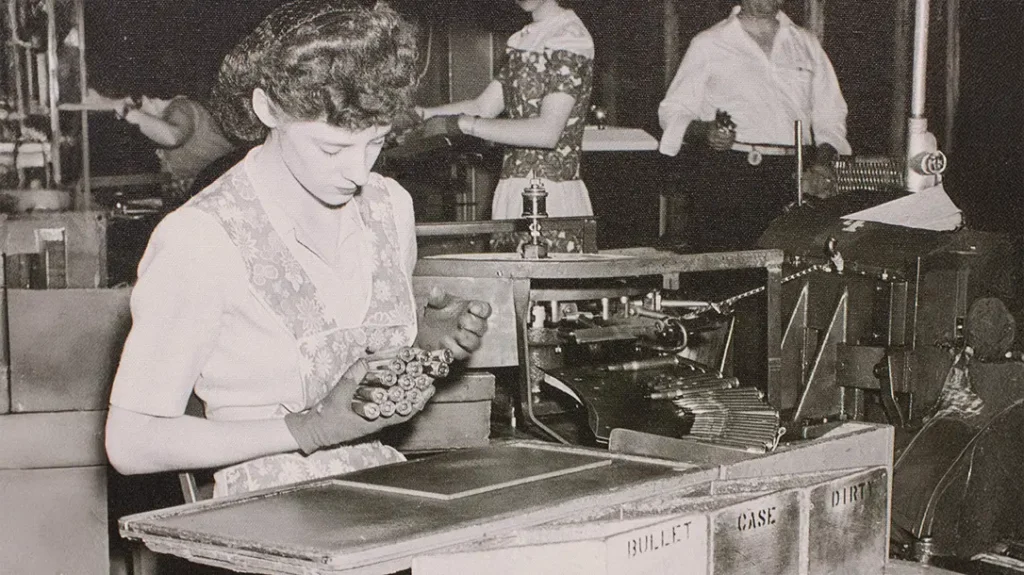
Rifle Caliber Ammunition
LCAAP focuses on small-arms munitions, which include 5.56 mm, 7.62 mm, .50 caliber, and 20 mm rounds. A majority of all the components are made on-site. Famous in the reloading world is Lake City brass. I was fortunate to be able to watch as they took a small brass “cup” and quickly turned it into the legendary brass case. They make almost all the ammunition for the U.S. military, as well as ammo or brass for various other companies such as Hornady, Winchester, Federal, and Fiocchi. About 60% of their current production is commercially centered.
Advertisement — Continue Reading Below
They manufacture using a combination of modern cutting-edge equipment and legacy equipment that was in place when the facility began producing ammo in 1941. Specific controllers have been modernized, but the main body and operation of the equipment are just as they were in 1941. It was incredible to see and realize that many of the machines I saw were producing ammo for WWII. In 1975, modernization arrived in the form of the SCAMP (small caliber ammunition modernization program). SCAMP is a high-speed computer-controlled, fully automated production system to produce 5.56mm M193 ball ammunition.
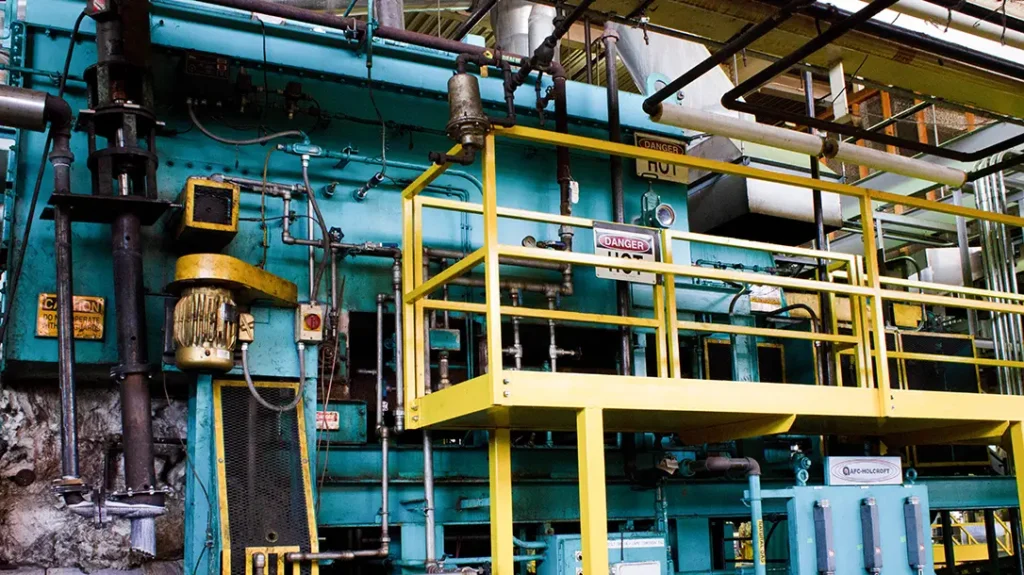
Modern Manufacturing
With that came an ability to produce like they never could before. Now, LCAAP produces around 4 million rounds per day and an average of 1.5 billion rounds a year. Modernization also allows them to track rounds. The head stamp on the case allows LCAAP to tell which machine created which specific round.
Advertisement — Continue Reading Below
Did I mention that they also make their own links for belt-fed weapons? They punch them out at the rate of 300 million a year. In the end, production-wise, there are currently six specific case lines in the world, and five of them are at LCAAP. The other is located in Israel. The tour often turned into me staring at huge crates full of freshly loaded ammunition. With an eye to preparedness, they maintain some older equipment that can be up and running in less than a week. They can also shift from civilian production to military production should the need arise.

In House Ballistic Testing
While making ammo is the core of operations, LCAAP is also tasked with testing it. The building I was most excited to see was the ballistics testing lab. This is much more than a range and is one of only two NATO ballistic labs in the world. This building was a collection of long tunnel-like bays, each housing its own testing equipment. A trip to the armory was like being a kid in a candy store. Upon walking in, several items caught my eye, including an M14 and a well-worn M1A Garand.
Advertisement — Continue Reading Below
The M14 is still used in testing today for the 7.62 round, as specified. The M1 Garand serves as a test body for something a little more somber. Lake City produces the blank ammo for military honor guards performing funeral details. They take these rounds as seriously as they do live rounds. The shooting bays have bench sleds for the guns as well as high-speed cameras. These allow the technicians to determine if the failure occurred during the round or with the weapon. The arms room was staffed by experienced gunsmiths who shared with me the stories of how many barrels and parts they go through each year. While all these guns, from M4 to M2, are designed to last, the ballistics lab tests go far beyond what any member of the military could ever do.
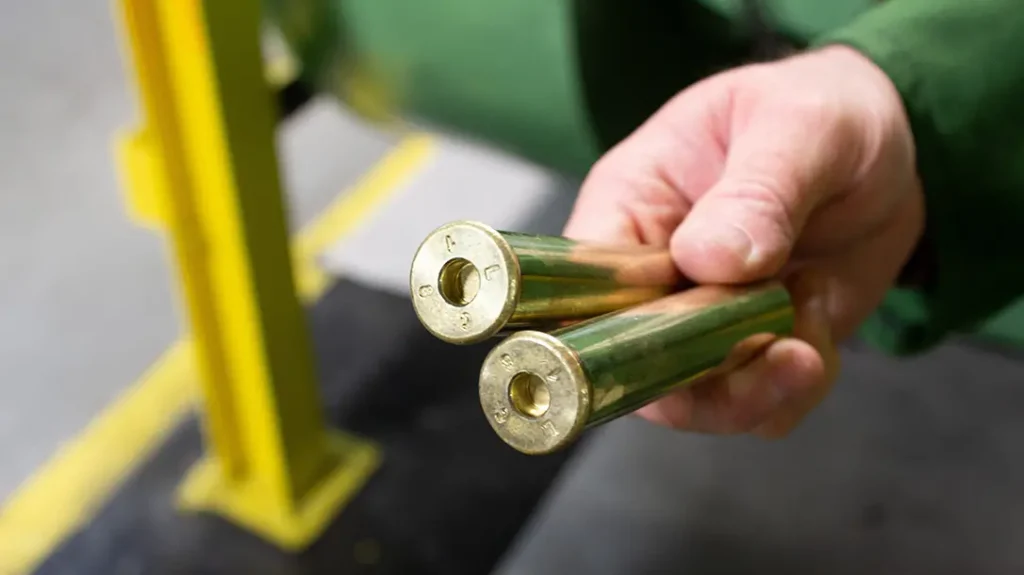
Generational Employees
The employees of LCAAP are a unique breed, to say the least. They are dedicated and have a seriousness about them that reflects the gravity of their responsibility. They know that the ammo they produce will be in the hands of a member of our military. A member who is someone’s son, daughter, father, or mother. They need to function every time and all the time. With the age of the facility, LCAAP is a multi-generational operation with sons, fathers, and even grandfathers having worked at the plant. It is, in many cases, part of family tradition.
Advertisement — Continue Reading Below
Lake City is much more than an antiquated historical facility. It is a modern manufacturing facility with a lengthy historical background. As a modern facility, they were one of the first facilities to be ISO certified. They also strive to be good stewards of the land, having won awards for their focus on protecting the environment at the facility. Lake City also shares a commitment to veterans.
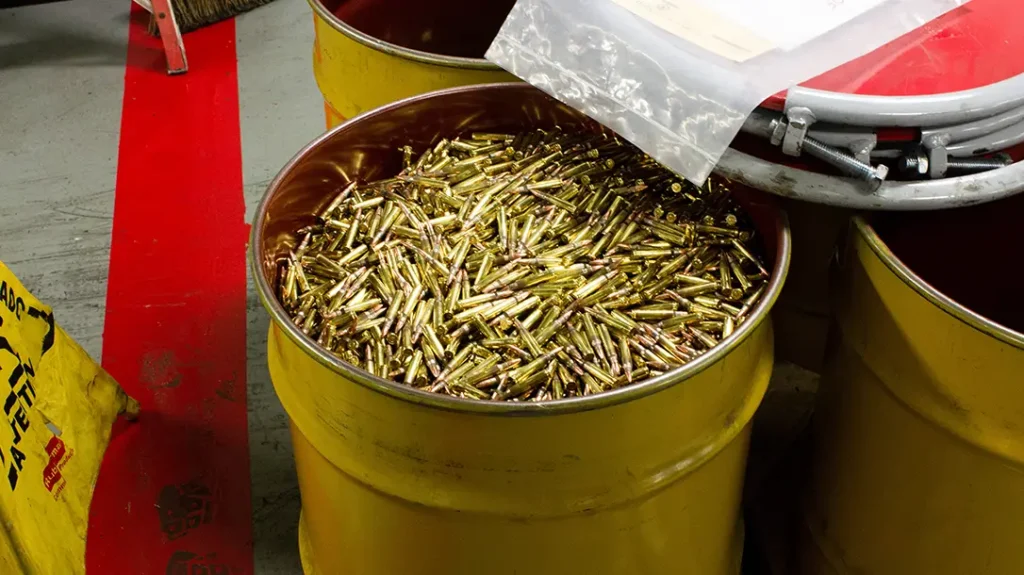
A History of American Ammo
Lake City is more than just a maker of ammunition. It is an American institution that has touched some of the most profound times in modern U.S. history. As I stood there watching the older machines pump out ammo, I came to realize that they had made ammo for my father. In his 30-plus-year Army career, spanning WWII to Viet Nam, he had used Lake City ammunition. I am grateful to the people who dedicate themselves to incredibly high production standards today at LCAAP, and I tip my hat to those who held the same standard when they were making ammunition for my father.
For more information, visit here.




